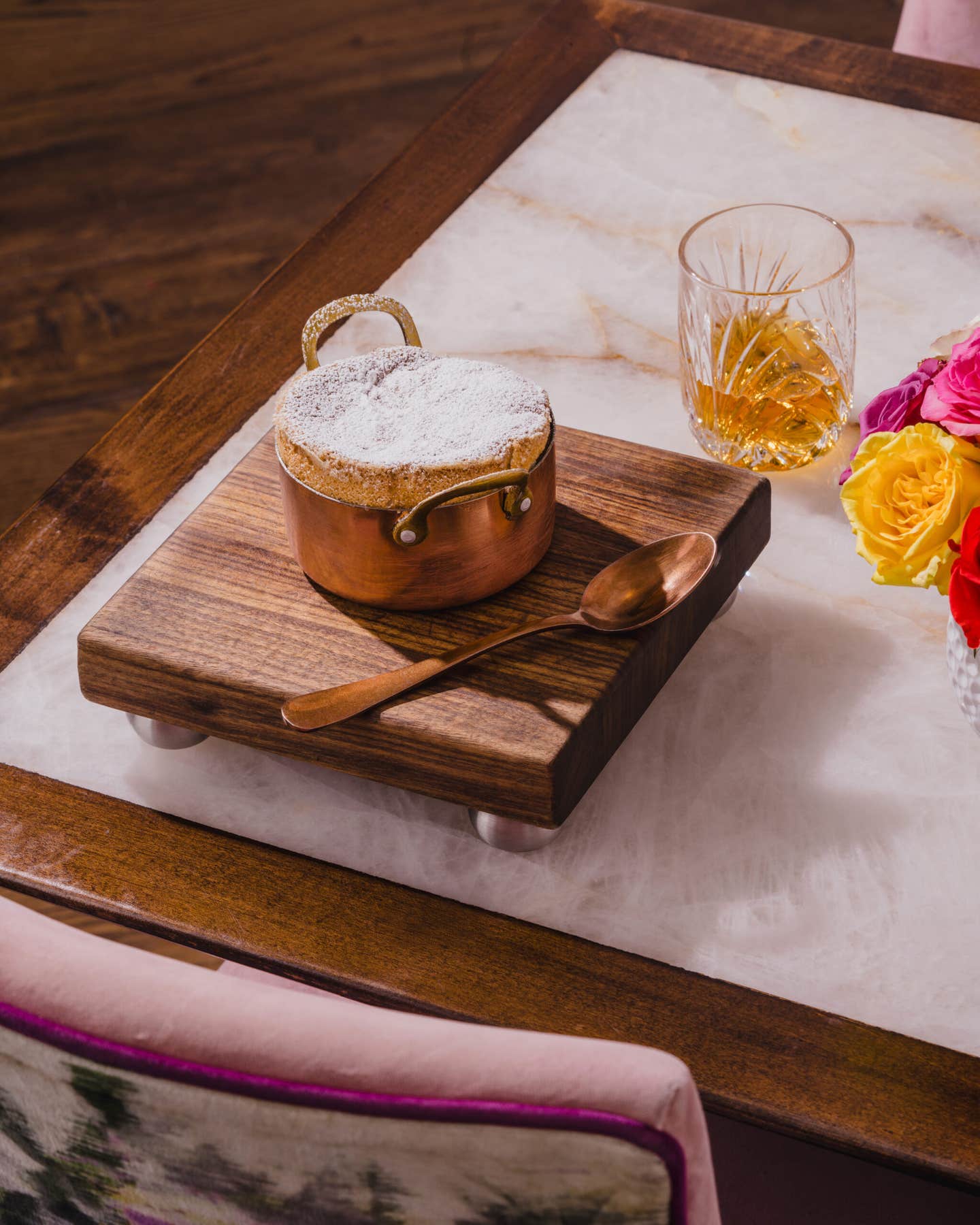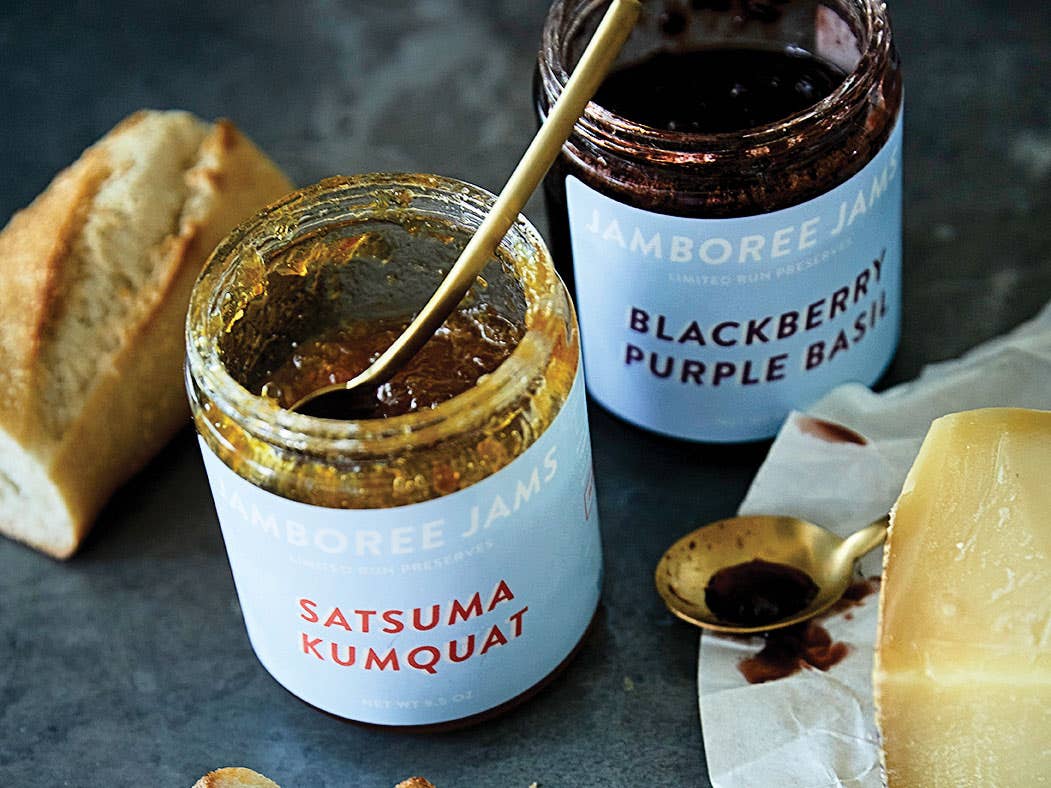
The 2020 Saveur 100: 64-80
Not your usual mason jars, the knife this cookbook author swears by, and the Saveur team’s favorite “guilty pleasure” snacks.
64. This Is So Our Jam.
When Sara Levasseur moved from Montreal to New Orleans five years ago, she couldn’t get over the unfamiliar fruit she saw growing literally everywhere. “Kumquats in the fall, figs in June,” Levasseur says. “I could grab them off trees growing near the sidewalk.” Her marvel over the year-round abundance gave rise to Jamboree Jams (starting at $10 for a 9.5-ounce jar; jamboreejams.co). Every bit of the produce that goes into Levasseur’s spreads is grown on small, independent farms. Star Nursery in nearby Belle Chasse supplies the satsumas for Jamboree’s standout Satsuma and Kumquat Marmalade, which also incorporates kumquats from L’Hoste Citrus in Braithwaite. Levasseur sources blackberries, purple basil, and Criolla Sella peppers—to name just a few examples—from the Poché family in Independence. “Louisiana,” the 28-year-old entrepreneur declares, “is the perfect place to make a go of the jam business.”
65. Thistle Be Your Favorite Too.
What deserves such loving descriptions as “overripe,” “rank,” and “beefy”? The semi-firm to practically liquefied thistle-rennet cheeses, most often made from sheep’s or goat’s milk, with a complex flavor and constantly evolving texture that thrills cheese geeks (like me) everywhere.
Plant-based coagulants are hardly a new concept. Historians suspect that the practice of using an enzyme from the artichoke-like wild thistle began with Iberian Jewish communities around the turn of the Common Era. So, why haven’t we heard more about the resulting cheese? Thistle’s effectiveness can prove unpredictable—not a great quality for mass production.
Today, only a few artisans, mainly in Spain and Portugal, are making these cheeses. Standout examples include Torta del Casar (right) and Finca Pascualete Retorta, both bone-brothy, mushroomy delights from the Spanish region of Extremadura. Luckily, they’re imported by Wasik’s, a cheesemonger in Wellesley, Massachusetts, where I worked during my college years (starting at $32.95 per pound; wasiks.com). —Kat Craddock
66. These Jars Are Ballers.
Taller than the typical pint-size Mason jar, Ball’s 24-ounce model more ably accommodates willowy asparagus and carrots. It also makes for a better flower vase, smoothie shaker, and to-go cup. This baby does, however, share some key characteristics with its squat country cousin, including a low price (around $10 for nine; walmart.com), and the signature side markings that allow both jars to double as measuring cups. —Monica Michael Willis
67 - 78. The Dirty Dozen
If you thought it was all Ventresca tuna and chilled asparagus soup around here, the following admissions from Saveur staffers and contributing editors may scare you a little. PS: This is the winnowed-down list of our guilty, preservative-laden pleasures.... read more.
79. Evidence that We’ve Seen Times Like This Before

Been helicopter-parenting a sourdough starter or coaxing scallions from pungent nubs? You are not alone. In fact, you’re part of a historically familiar phenomenon. When the going gets tough—due to war, disease, economic crisis, or political upheaval—the tough return to basic survival skills: growing, preserving, and preparing the sustenance we need to stay alive. Don Lindgren, owner of Rabelais Books in Biddeford, Maine, points to the following antiquarian culinary texts as proof. “Publications about food and drink are cultural artifacts with all sorts of stories to tell,” Lindgren says. —Mindy Fox
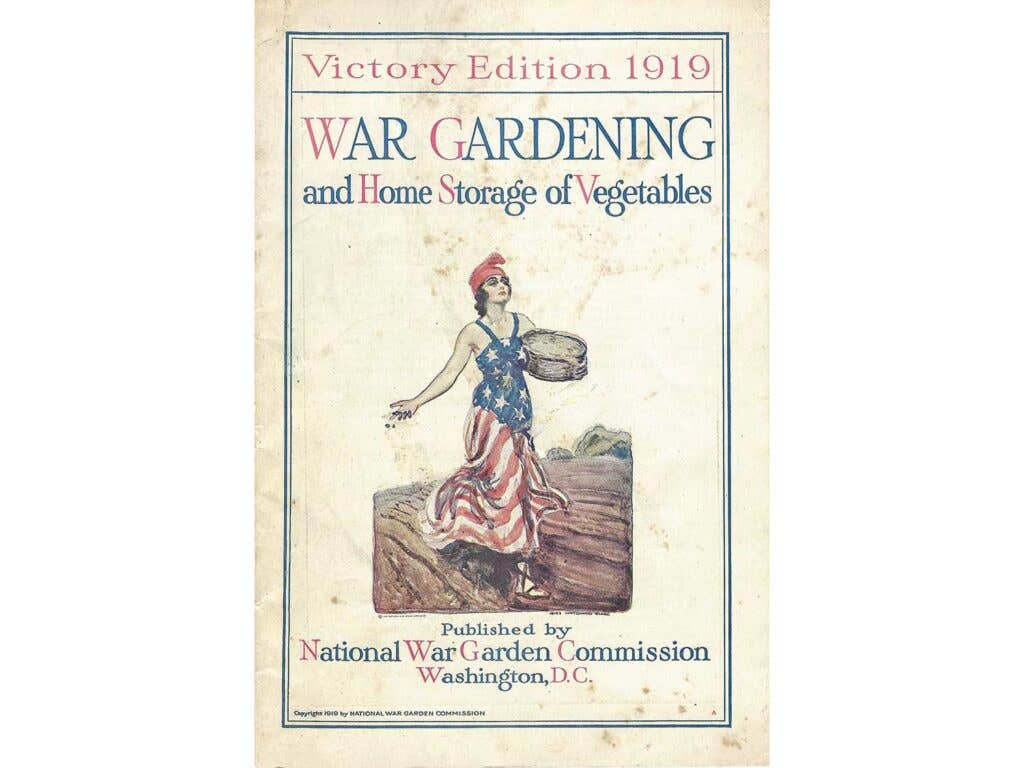
This free, 32-page booklet—an update on the federal government’s 1918 World War I gardening manual—urged Americans to keep growing in peacetime to “solve the problem of feeding people rendered helpless by years of ruthless and terrible war.”
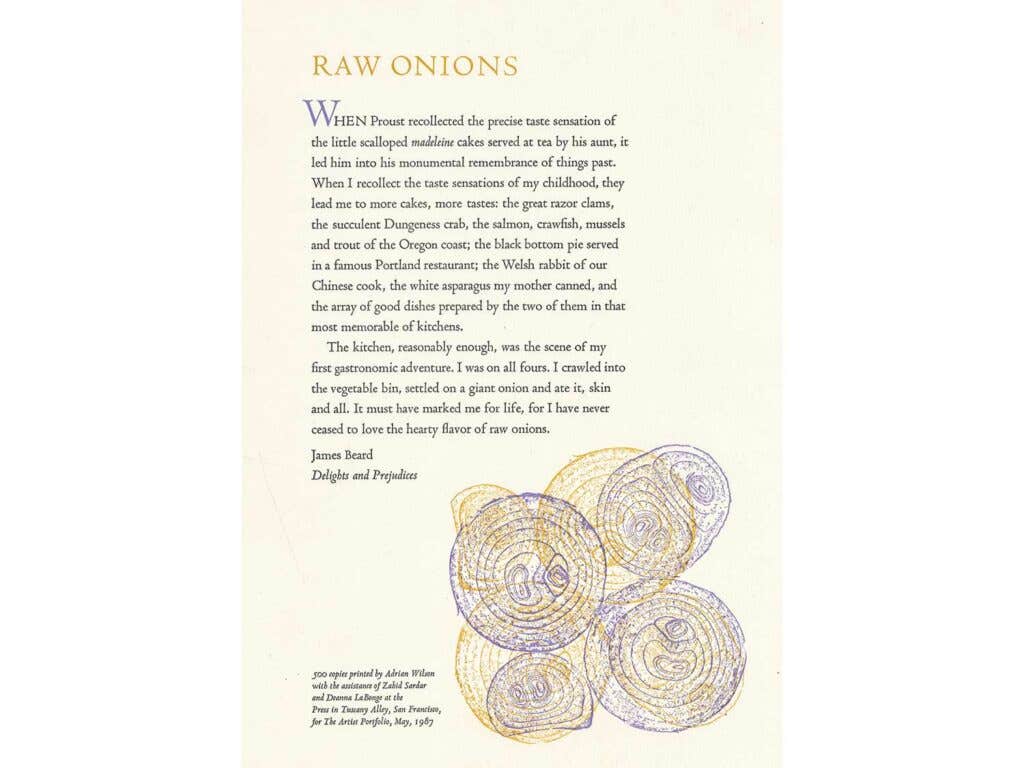
Alice Waters, Marion Cunningham, and other chefs contributed to this portfolio of 32 cards, each with its own theme and recipe, which was distributed at Aid & Comfort, a 1987 San Francisco charity dinner benefiting people suffering from AIDS.
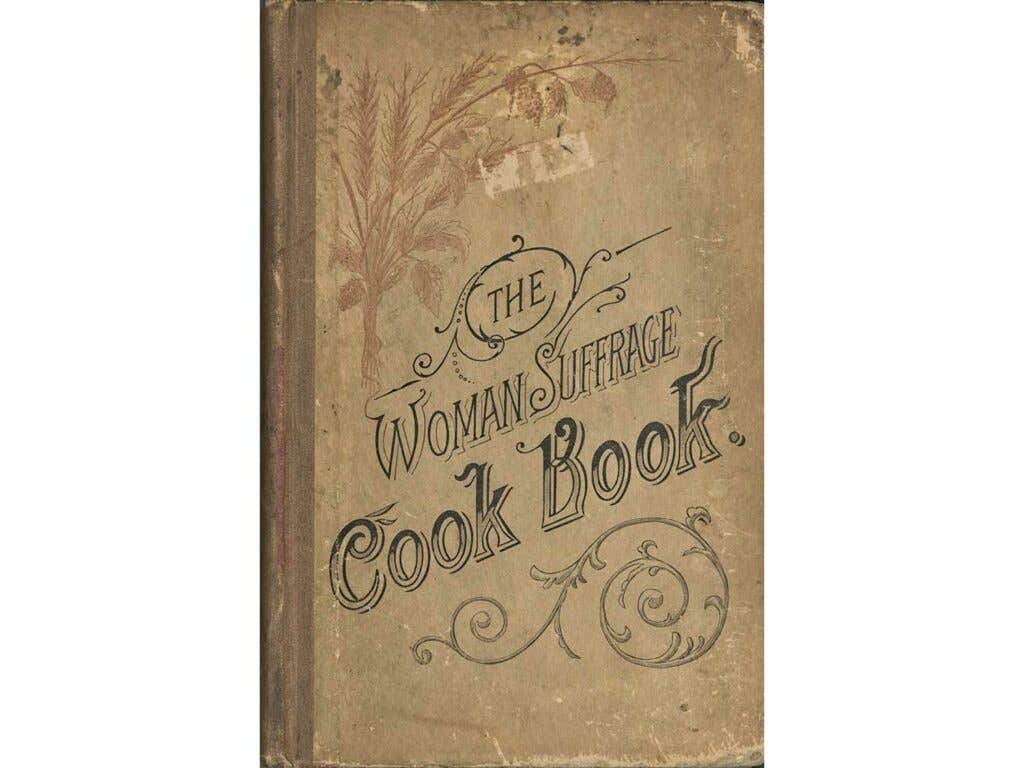
The Woman Suffrage Cook Book, published in 1886, was sold to fund the movement. Contributors included Julia Ward Howe and Lucy Stone, both prominent figures in the effort to win the vote for women.
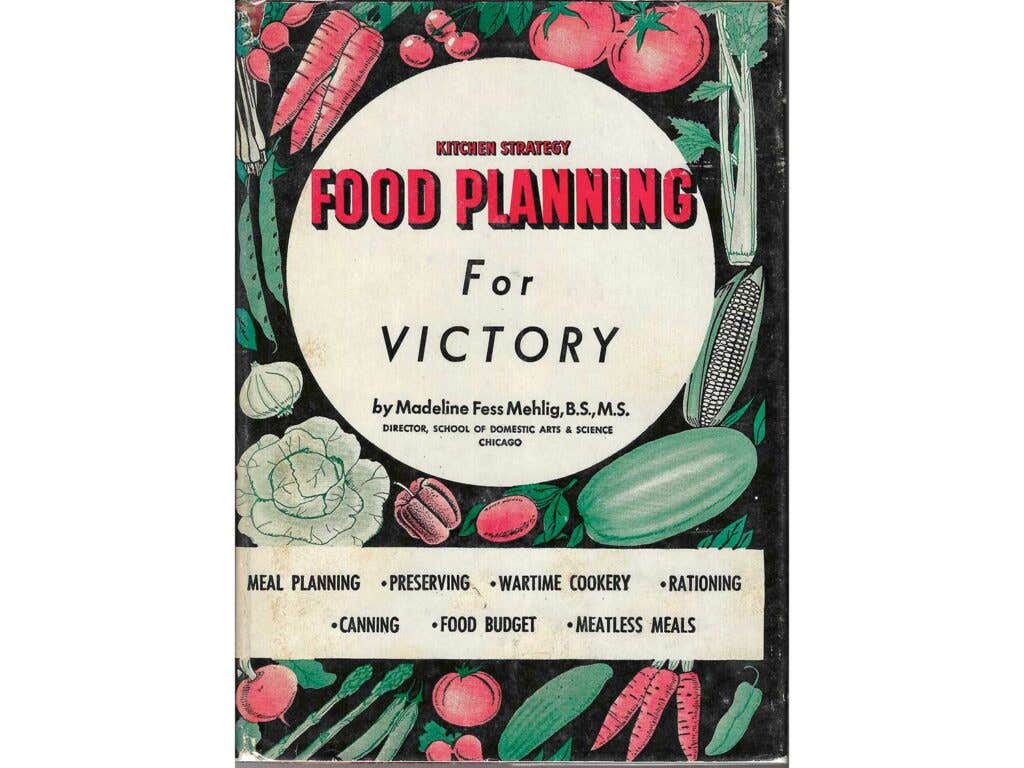
Food Planning For Victory was published in 1943, as World War II raged in Europe, by the director of Chicago’s School of Domestic Arts and Sciences. Filled with techniques for preserving produce, and budgeting advice, the book’s intended audience was “the homemaker feeling the pinch of food rationing.”
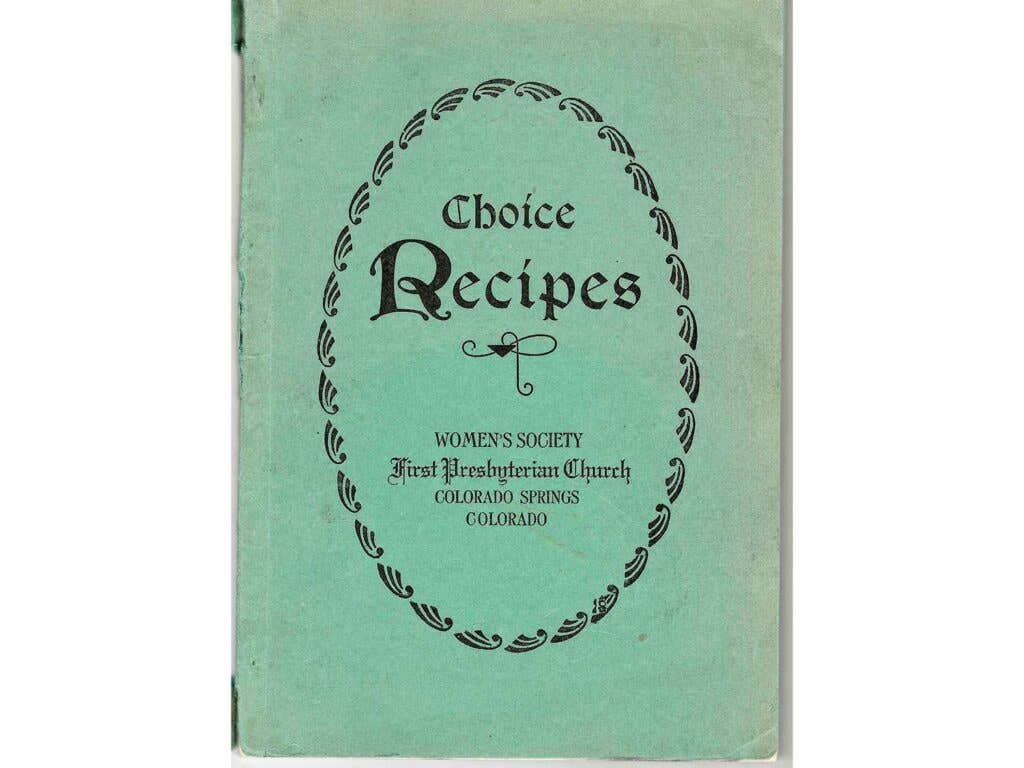
In the midst of the Great Depression, the Women’s Society of the First Presbyterian Church of Colorado Springs, Colorado, used the earnings from this early-1930s community cookbook to help congregants who had fallen on hard times. Among the nearly 500 recipes: a Lima Bean Loaf made from two cups of limas that promises to yield 12 servings, and a meatless version of Boston Roast fashioned out of navy beans and bread.
80. The Kindest Cut
I earn a living developing recipes and writing cookbooks, so I put my kitchen tools through their paces on the regular. Would it surprise you to know that my favorite knife isn’t fancy or pricey? Mac’s 7¼-inch chef’s knife, crafted in Japan, runs around $70 on Amazon and holds its edge forever. (I’ve used mine daily for two years and have yet to sharpen it.) With a relatively thin carbon-steel blade, the Mac isn’t a great match for tough-skinned vegetables, such as winter squash, but this wonder makes short work of everything else—fish, produce, cooked and raw meats—that comes across my busy cutting board. —Mindy Fox
Keep Reading
Continue to Next Story









